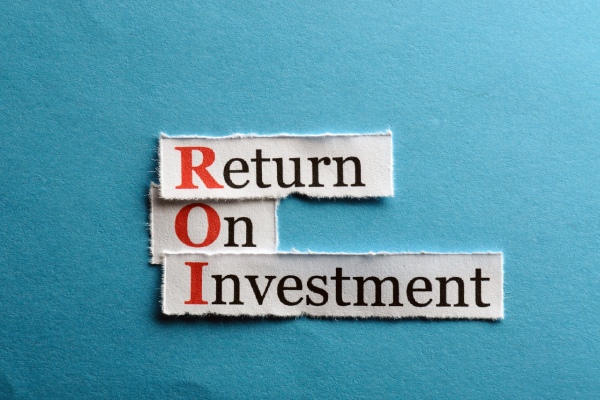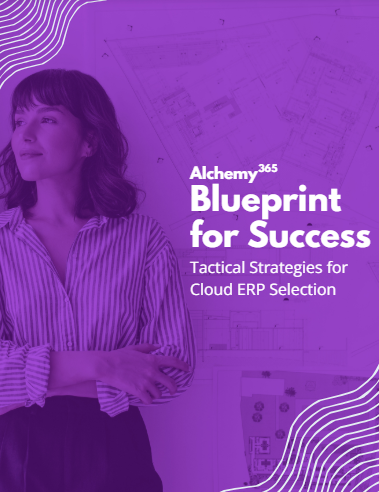The Big Picture
When we talk about seeing ROI from an ERP, we’re asking: when will the benefits outweigh the costs? And just like with anything big, whether it’s remodeling your house or upgrading to a better coffee machine for the office, the timeline can vary. Let’s dig into why and how long it usually takes.
The Setup Phase: You’ve Got to Spend Time to Save Time
Imagine you’re putting together a brand-new kitchen. It’s exciting! But first, there’s a lot of work to do—getting the right appliances, setting everything up, maybe even rewiring some stuff. It’s an investment of time and money. ERP is kind of like that.
First, there’s the implementation phase. During this time, your team will be learning how to use the system, getting all your business data set up, and working out any bugs. It might take a few months, or sometimes even a year, depending on how complicated your business processes are and how big your team is. So, during this time, you might not feel the savings or benefits right away. But don’t worry, this setup is laying the foundation for everything to work smoothly later.
Example: Imagine you run a company that sells office supplies. Before ERP, your sales team might be using one system to track orders, while accounting uses another to manage invoices. Every time an order comes in, someone has to manually update both systems, and it can get messy. With ERP, all that data flows automatically between teams, cutting down on time, mistakes, and headaches. But setting it up might take a few months before everyone is on the same page.
When the Benefits Kick In: Efficiency and Savings
Once your ERP system is up and running, that’s when the magic happens. You’ll start noticing things moving faster and more efficiently. Orders get processed quicker, inventory is easier to track, and reports that used to take days are now generated in minutes.
This is when you’ll begin to see ROI. For many businesses, this can start happening between 6 months to a year after implementation. Some see it sooner, while others might take a bit longer. The more you use the system, the more benefits you’ll see. Plus, an ERP like the one we offer at Alchemy 365 is designed specifically for SMBs, so it’s flexible and can grow with you.
Example: Picture a bakery that used to manually track ingredient inventory on spreadsheets. Before ERP, someone had to count how much flour and sugar were left every week. If they ran out, it could lead to missed sales or unhappy customers. With ERP, the system tracks ingredients in real-time. Now, the owner knows exactly when to reorder, saving time, avoiding waste, and ultimately boosting profits.
But What About the Costs?
Of course, there’s the upfront cost of the ERP system itself, along with the time and resources needed for implementation. That’s the part that can feel like a big hurdle at first. It’s like buying a high-efficiency car—it costs more upfront, but over time, you save on fuel and repairs.
Alchemy 365’s ERP solution, for example, helps you cut down on those day-to-day inefficiencies that slowly eat away at profits. Over time, these savings pile up, and you’ll start seeing real results. It’s not about instant gratification, but rather about setting your business up for long-term success.
The Long Game: Continuous Improvement
Here’s the best part: an ERP doesn’t just give you one-and-done benefits. As your business grows, your ERP continues to evolve with you, helping you spot opportunities for improvement. Maybe six months in, you realize the ERP is helping your team get orders out faster. A year later, it might help you optimize your supply chain, cutting costs further. The ROI keeps building over time.
Example: Imagine a construction company that starts with ERP just to manage invoices. But after a year, they realize they can use the same system to track subcontractors, reducing delays and improving project timelines. The initial ROI was already good, but it keeps getting better as the company finds new ways to use the ERP.
So, How Long Will It Take?
To wrap it up, most SMBs start seeing ROI from their ERP implementation within 6 to 12 months. But remember, it’s not just about breaking even—it’s about how much you can continue to save and improve as time goes on. At Alchemy 365, we know this process takes some patience, but the long-term gains are more than worth it.
If you’ve been on the fence about making the leap, just know that while the timeline varies, the payoff is real. And the sooner you get started, the sooner you’ll start seeing those benefits stack up.






